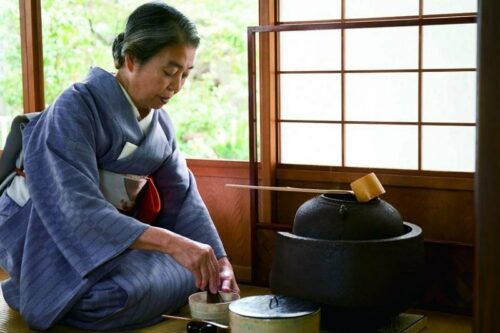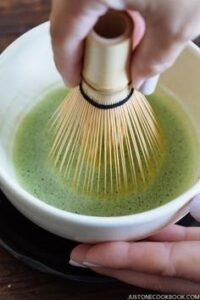
The Japanese tea ceremony, or Sado, is a distinctive aspect of Japanese culture that embodies a profound appreciation for the aesthetic use of time. This formal practice, shaped by the principles of Zen Buddhism, seeks to purify the soul and foster a deep connection with nature. Central to Sado is the concept of finding beauty in simplicity and tranquility, exemplified by the understated elegance of tea utensils such as kettles and teacups. The ritual celebrates the charm of imperfection, particularly in the use of rough-hewn bowls, highlighting the unique and deeply rooted traditions of Japanese tea making.
Sado also significantly influences various forms of Japanese art, encompassing the aesthetics of the tea room, associated elements such as utensils, and ceremonial decorations, including hanging scrolls and flower arrangements. Japanese architecture, gardening, and pottery are all enriched by the tea ceremony, which has played a fundamental role in shaping Japanese manners and customs.
One of the most revered figures in the history of the tea ceremony, Sen no Rikyū, revolutionized the practice with his innovative approach to tea bowls. He championed the use of black tea bowls crafted by local artisans instead of imported Chinese vessels, embodying the essence of “wabi-cha”—a philosophy centered on simplicity and tranquility.
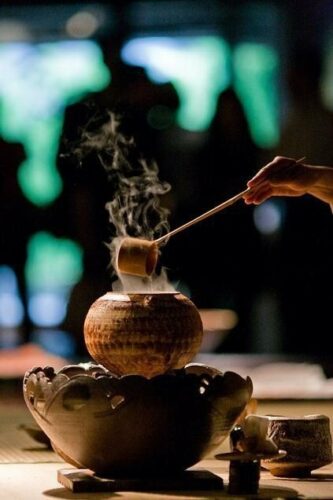
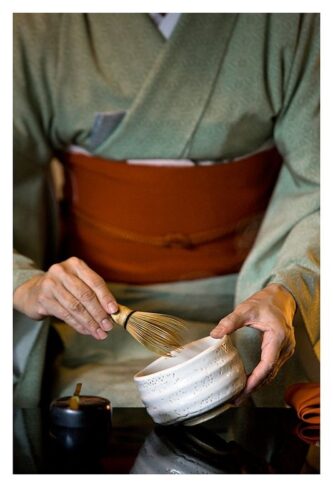
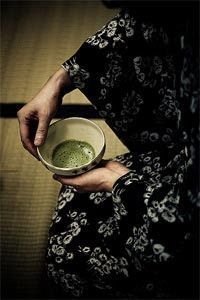
While many may perceive the Japanese tea ceremony as a complex ritual with intricate steps, such as the ceremonial turning of the tea bowl and the gestures of respect, films like Every Day a Good Day illuminate the deeper beauty of this art. The process of tea making is not hurried; it requires time, mindfulness, and an understanding of one’s ikigai—the purpose of living. The tea ceremony reflects an array of small, deliberate details that practitioners engage with repeatedly, including:
- Attention to Detail: Each tea room is adorned with thoughtful decorations, such as carefully chosen flowers, precisely folded cloths, and kanji phrases that reflect the day’s philosophical theme. This practice encourages introspection and mindfulness.
- Humility and Spirit: The tea ceremony fosters a sense of humility among both the host and the guests, regardless of their experience levels, creating an atmosphere of respect and tranquility.
- Consistency and Sustainability: The vessels utilized in the ceremony, often passed down through generations, are harmoniously selected to complement one another, symbolizing a commitment to sustainability and tradition.
- Finding Joy in the Mundane: The essence of the tea ceremony lies in cultivating happiness through simple pleasures—such as the soothing sound of water being poured into a teacup or the contrasting sounds of warm and cold water.
- Mindfulness: The practice invites participants to immerse themselves in the present moment, encouraging a shared awareness of the tea room’s environment. Mastery of the ceremony is an ongoing journey, much like life itself, which presents its own challenges and triumphs.
Ultimately, Sado teaches us that happiness resides within the ordinary moments of life. By embracing simplicity and the rhythm of existence, one may find joy in crafting a cup of tea, potentially bringing a smile to the day ahead.
